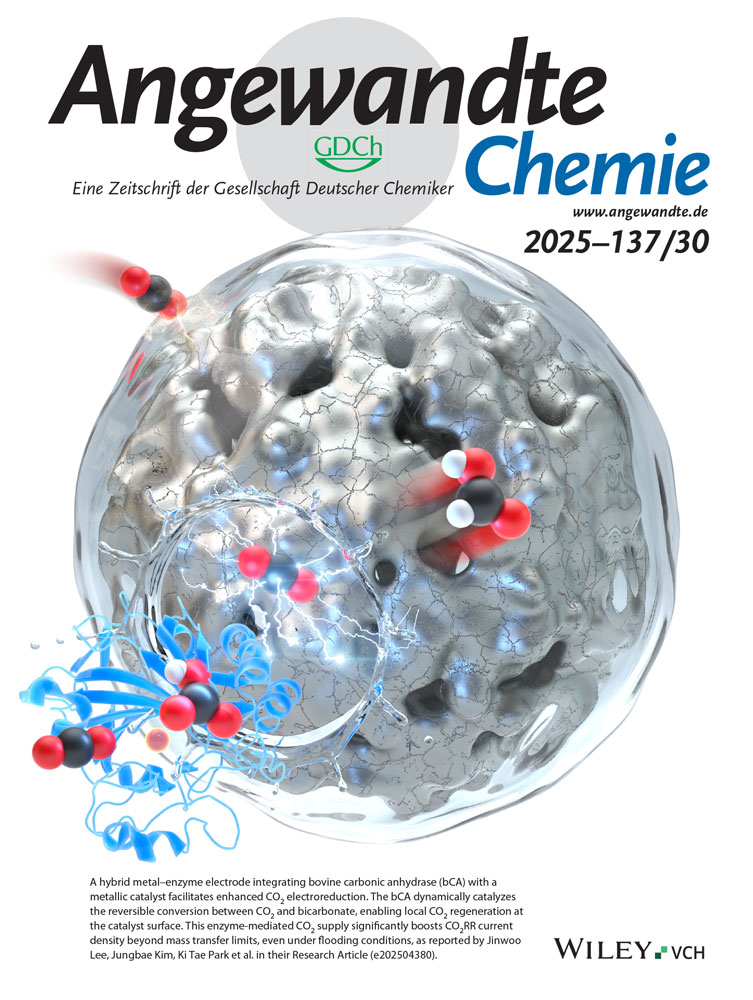Regulating Reactive Oxygen Species via Orbital Rehybridization Between Intermediate and Active Site for Selective Methane Photooxidation to Methanol
Abstract
Photocatalytic oxidation of methane (POM) to CH3OH provides a promising pathway for sustainable chemical industry, while uncontrollable generation of reactive oxygen species (ROS) would proceed at the expense of compromised catalytic activity or selectivity of POM. Herein, we precisely control the type of as-formed ROS by introducing Au single atoms (SAs) on CuOx/ZnO (Au1-CuOx/ZnO), to simultaneously achieve high selectivity and productivity of CH3OH in POM. In situ characterizations and theoretical calculations revealed that the introduced Au SAs significantly altered the electronic structure of Cu atoms, leading to an energy level rearrangement of Cu 3d orbital and the upshift of d-band center, which increased the energy levels of bonding and antibonding states of Au1-CuOx/ZnO-*OOH. Thus, the hybridization between Cu active sites and the key intermediate *OOH was significantly enhanced, especially for the orbital hybridizations of dz2-pz and dxz/dyz-px. This facilitated the dissociation of O─O to form *OH intermediate rather than the direct desorption of *OOH, thereby ultimately determining the ROS type in aerobic POM. Additionally, the asymmetric electronic structure of Au1-CuOx/ZnO could also lower the first C–H dissociation energy by structural polarization of CH4 molecules. As a result, Au1-CuOx/ZnO exhibited an excellent CH3OH productivity of 16856 µmol·gcat.−1 with 100% selectivity during POM at mild conditions.
Conflict of Interests
The authors declare no conflict of interest.
Open Research
Data Availability Statement
The data that support the findings of this study are available from the corresponding author upon reasonable request.




